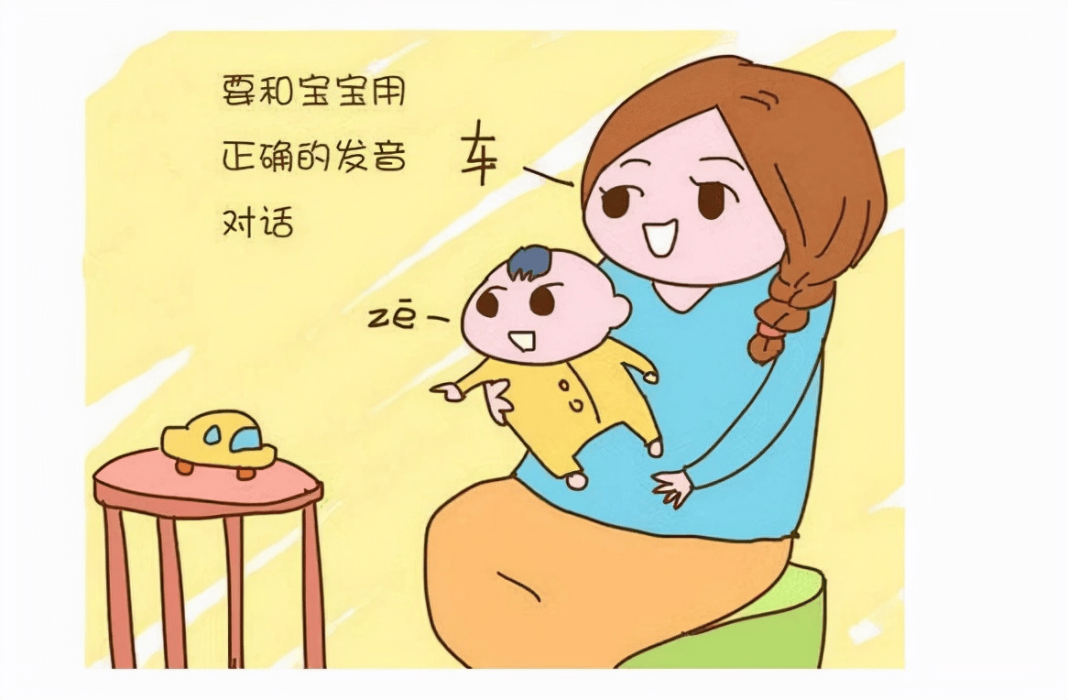Autism and language development delay are two common disorders in child development. Although they have some overlapping symptoms, they present significant differences in terms of etiology, specific manifestations, and intervention methods. As a parent, understanding these differences is crucial for timely and accurate identification of children’s issues and implementing effective intervention measures.
Differences between Autism and Language Development Delay
1. Different Causes
The pathogenesis of autism (autism spectrum disorder) is not fully understood, but it is generally believed to be related to factors such as genetics, brain structure, and functional abnormalities. Language development delay, on the other hand, may be caused by various factors, including poor language environment, hearing impairments, intellectual disabilities, or central nervous system disorders.
2. Different Specific Symptoms
The core symptoms of autism involve a comprehensive impairment in social interaction and communication abilities, characterized by a lack of eye contact, difficulty in understanding or using language, narrow interests, and repetitive stereotyped behaviors. In contrast, language development delay primarily focuses on the lag in language abilities, where a child may be able to understand language but have limited expressive abilities or face difficulties in both understanding and expressing language.
3. Different Associated Symptoms
In addition to language impairments, children with autism often exhibit social interaction difficulties, unstable emotions, aggressive behaviors, and more. Children with language development delay may have normal or near-normal performances in other developmental domains such as intelligence and motor skills.
Points of Concern for Parents
1. Social Interaction Abilities
Observe if the child is willing to interact with others, make eye contact, and understand and respond to others’ emotions. Children with autism often lack these basic social skills.
2. Language Comprehension and Expression Abilities
Pay attention to the child’s language development, whether they can understand and use language correctly. Children with language development delay may have difficulties in understanding or expressing language but may not necessarily have social interaction impairments.
3. Interests and Behavior Patterns
Observe if the child’s interests are narrow and fixed, and if they frequently repeat certain behaviors. Children with autism often exhibit a strong interest in specific things and repeat the same behavioral patterns.
4. Emotional and Behavioral Expressions
Monitor the child’s emotional stability and whether their behaviors are unusual. Children with autism may be more prone to emotional instability and aggressive behaviors.
5. Development Trajectory
Track the child’s overall development trajectory, including language, cognition, and motor skills. Autism typically impacts multiple areas of development, while language development delay may mainly affect language aspects.


